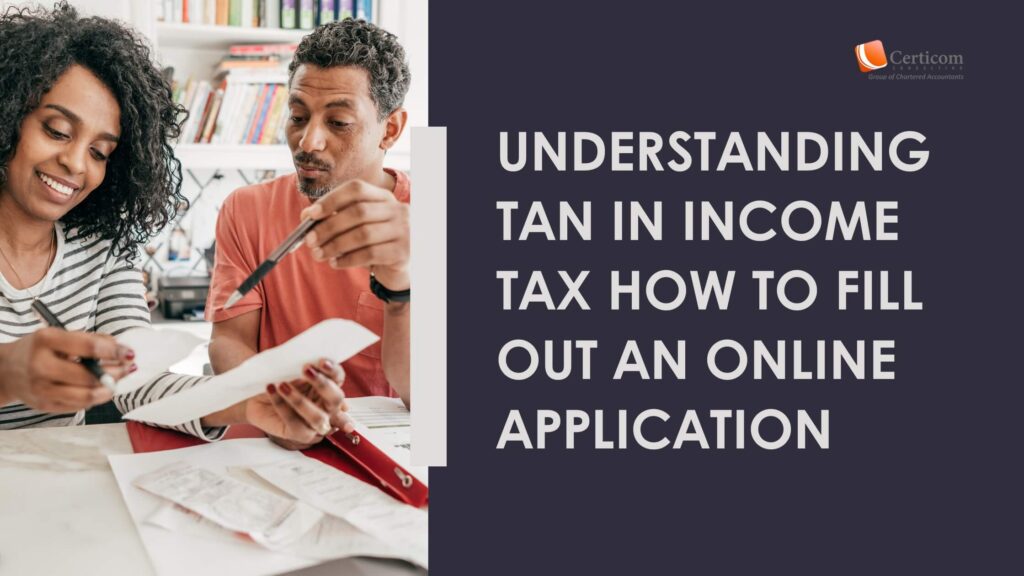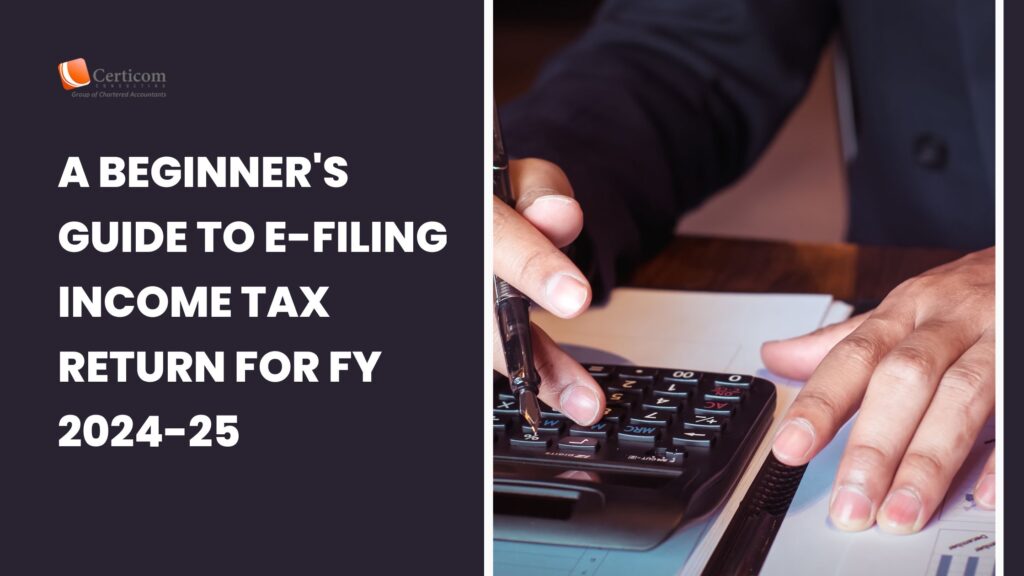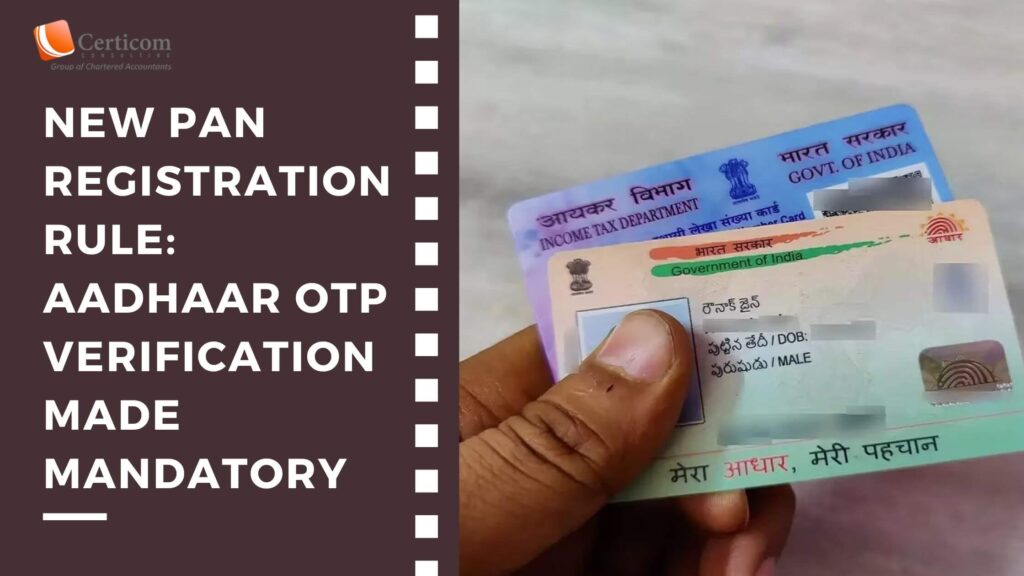Understanding TAN in Income Tax How to Fill Out an Online Application
The Income-tax Department provides a 10-digit alpha-numeric number known as the tax deduction account number or tax collection account number. All individuals who are obligated to collect tax at source (TCS) or who are liable for deducting tax at source (TDS) must get TAN.

The Income-tax Department provides a 10-digit alpha-numeric number known as the tax deduction account number or tax collection account number. All individuals who are obligated to collect tax at source (TCS) or who are liable for deducting tax at source (TDS) must get TAN. Applications for TAN can be submitted online or offline.
Your Tax Deduction and Collection Account Number, or TAN, is required to appear on a number of documents, including payments, certifications, information returns, TDS or TCS returns, and more. A TAN is required if you are participating in source deducting taxes or if your taxes are being withheld at the source.
What Is TAN?
The Income-tax Department issues a 10-digit alpha-numeric number known as the Tax Deduction Account Number or Tax Collection Account Number.
All individuals who are in charge of deducting taxes at source (TDS) or who must collect taxes at source (TCS) must obtain TAN.
Eligibility for TAN Application
You ought to have a TAN if you are paying someone else a commission or a wage. This covers local, state, and federal governments. It might be a company, a branch or division of a company, an individual or a Hindu Undivided Family, a sole proprietor, a partnership, organization of people, or trusts. It can also be a statutory or autonomous body.

Online Procedure for TAN Application
- Visit https://tin.tin.nsdl.com/tan/index.html as your first step.
- Next, opt for ‘online application for TAN (Form 49B)‘.
- Select the deductor category from the provided drop-down menu.
- Click the ‘select button‘.
- Input the required details on the form, ensuring all mandatory fields are filled (especially those marked with a star).
- If there are any format-level validation errors in the data submitted, you will receive a response indicating the error(s).
- Correct the errors and resubmit the forms.
- If there are no form-level errors, a confirmation screen displaying the applicant’s filled data will appear.
- If needed, choose the edit option to make changes to the displayed information.
- Confirm the accuracy of the information on the confirmation screen and select the confirm option. Note: Upon successful payment of fees (excluding DD or cheque modes), an acknowledgment slip will be generated.
- After concluding the application process, it is essential to save and print the acknowledgment. Subsequently, send the printed acknowledgment along with the necessary documents to NSDL.
Related Post
Faking Tax Deductions? You Could Be Penalised Up To 200% Under Income Tax Rules
Aadhaar OTP a Must for PAN Registration: New Income Tax Portal Rule
Book A One To One Consultation Now For FREE
How can we help? *




